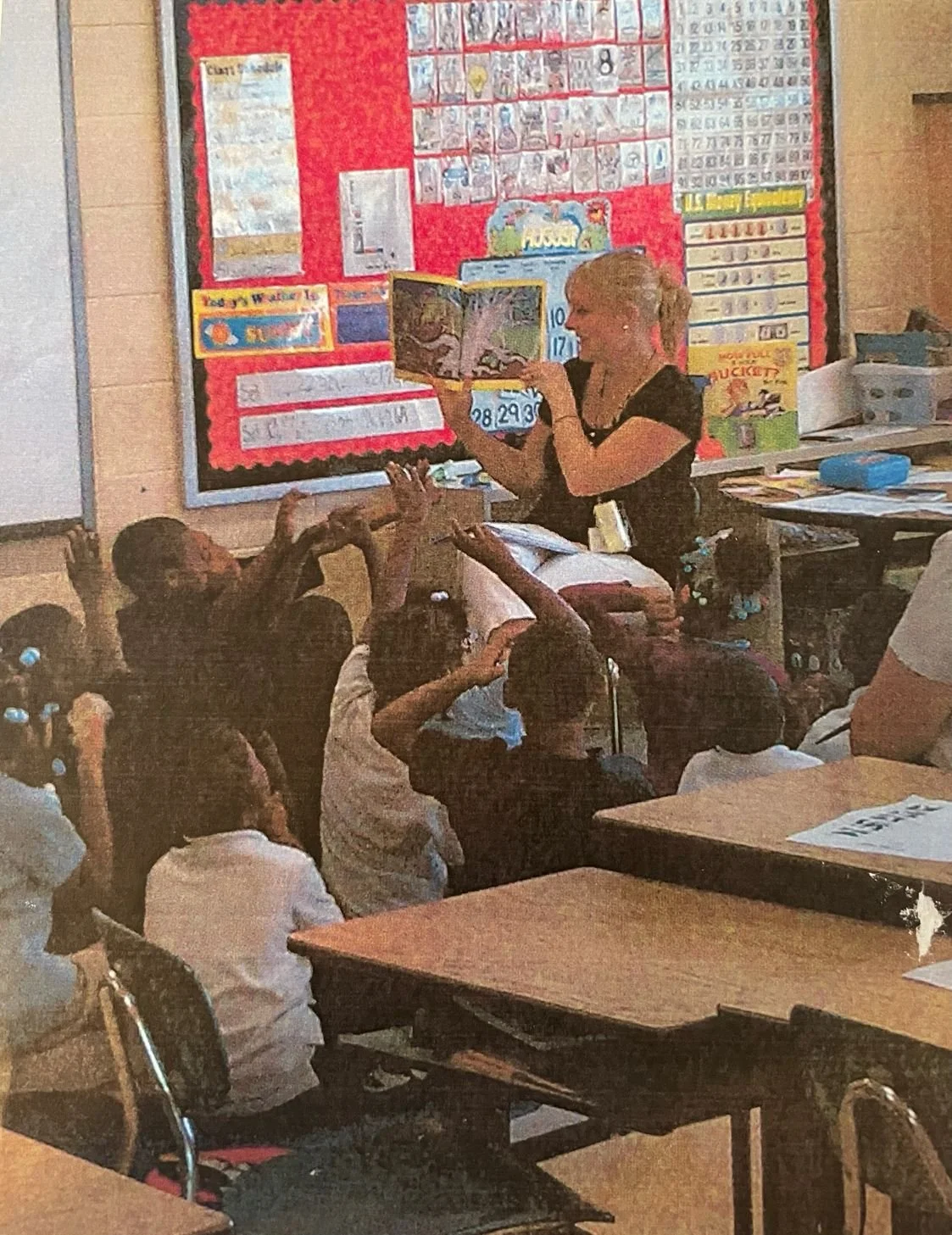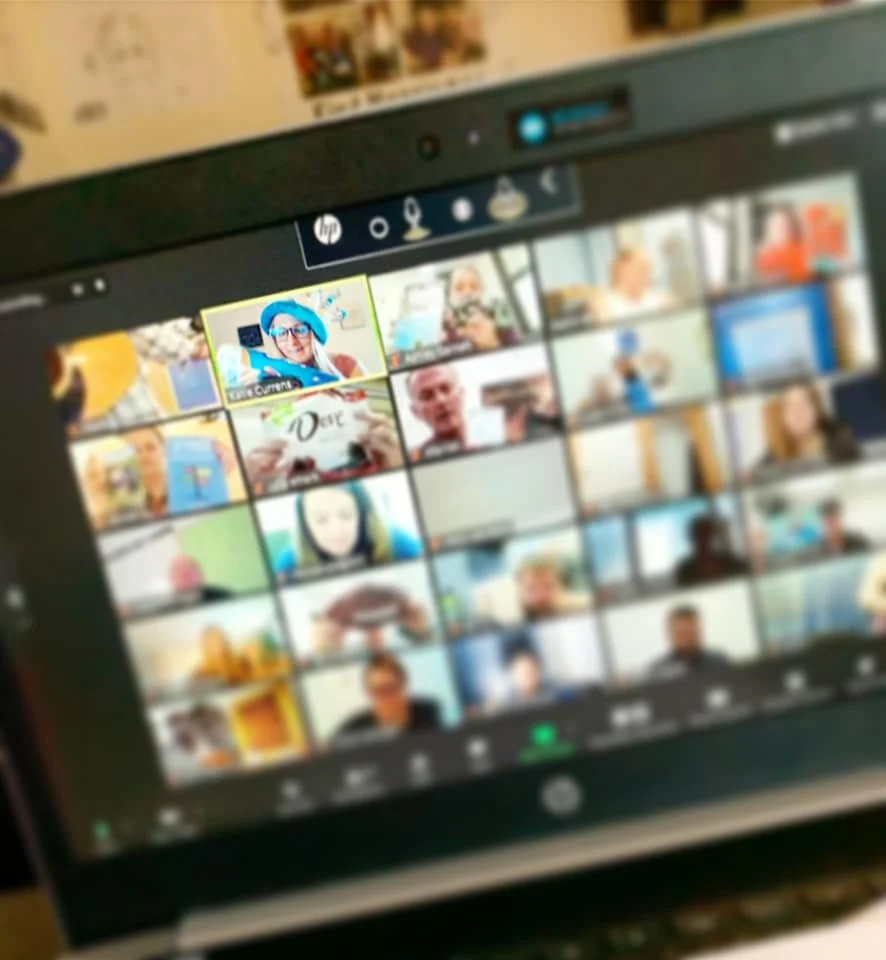5 Tips for Effective Training from an Experienced Educator
It is one thing to have a presentation that will provide great knowledge and value. It's another to be able to map an effective pathway to get to ensure your attendees receive your well intended message. Too often facilitators are more focused on the content than building connection. You know what I mean; those keynotes or sessions where someone goes on and on and is clearly out of touch with who is in the audience or is blatantly dismissing questions. {My favorite is being told to put any questions on a sticky note and place it on a chart labeled “Parking Lot” … then said parking lot is never spoken of again. Apparently by parking lot they mean the junk yard, since they just end up in the trash}.
As much as I work with people to “unlearn” those hindering habits, there are some things I have learned over the years that continue to provide value. Understanding the science behind learning is invaluable. Once I learned how to teach to multiple learning styles through differentiated learning, the importance of complexity of thinking/doing required to get to certain depths of knowledge, and how to engage {& entertain} their audience the floodgates to impact were opened.
During my time in education I became are incredibly skilled at seeing a desired end goal and designing intentional, customized and effective plans to get there. The icing on the cake is the experiences that got me to the point where curveballs aren’t even a concern. They are sometimes what is needed to take a breath and reassess. More on curveballs another day. For now, here are some key ways to ensure more effective facilitation.
Build Community and Connection
Whether you are with the attendees for 20 minutes or a week, you want to be sure that your message will be heard and stick ; they want to know you are there for them. As a facilitator you have to make it clear that you value meaningful connection. What does that look like? Greeting people as they enter, engaging in conversation before and after, and asking questions to show interest in their perspective. It makes a world of difference on the energy in the room.
Voice and Choice to Increase Buy-in
Provide opportunities for interaction with and among attendees. When appropriate create a variety of ways for them to engage with the content. Slides and handouts don't teach. If one person is doing all the talking... it’s a lecture, not a lesson.
Social Emotional Awareness
Develop your nonverbal and interpersonal communication skills because those alone can move mountains. It is imperative that you can read a room and know when to make prompt, appropriate modifications. If engagement seems to decline its better to reflect on what you need to adjust {ideally in the moment; definitely in the future} than deflect by thinking it’s because they are not interested, lazy, hungry, playing on their phone, etc. This comes down to the ability to monitor when “it’s not you, it’s me”. Which leads to the next tip…
Stage Presence is More Important than the Presentation
It's one thing to ask for attention. It's another to draw people in through eye contact, language use, wait time, and tone. Even more important is the ability to modify on the fly or take a "yes, and" approach. No matter how important the information is that you have to share, if you aren’t showing interest in the energy in the room, then you may as well save your breath.
Plan, Prep, and Prepare to Pivot
Impactful sessions require planning. No matter how many times you've done it, it's a new audience. Research the organization or learn more about the team. And once you feel prepared run through a few "if this happens, then...". It will keep you ready where there is an inevitable need to adjust. Like the time I planned for 30 attendees in a virtual session… only to have 97 show up! Thankfully I had already considered incorporating breakout rooms to ensure community engagement/interaction with the content. In that moment I was able to avoid panic since I had planned, prepped in advance, and prepared for a variety of scenarios. Just anticipated people not showing up versus the latter.
Bottom line, slides and handouts don't teach.
As a facilitator it is important to develop a keen attention to detail and careful time management. Just when you get in your groove, the bell rings and class is dismissed...
Now your turn! Whether you've facilitated or been an attendee, you know a great session from one that you may have had to be woken up from when it ended. Let me know in the comments what you would you add to the list.
________
Interested in having Katie facilitate at your event or organization? Need a keynote speaker?
Email Katie@onesparksolutions.com to learn more about how she helps leaders create cultures of excellence through innovation and creativity.

